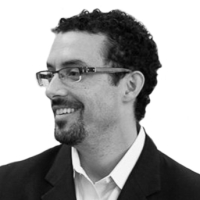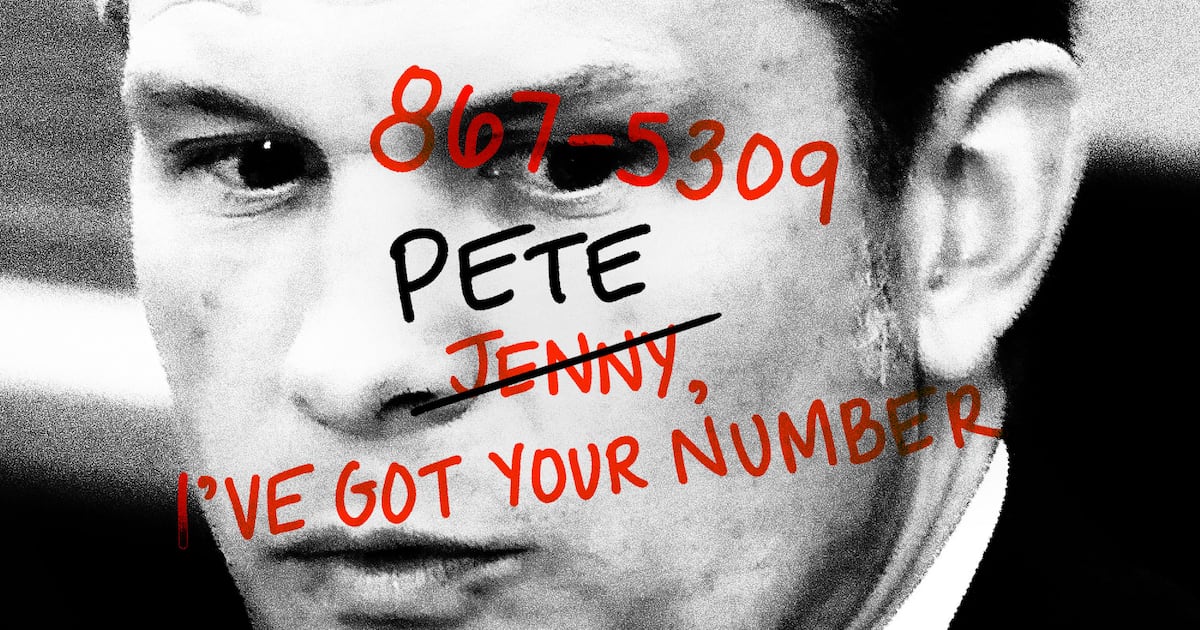‘Tis the season for college admissions. Across the country, high school seniors are in the throes of completing college applications before looming deadlines.
Among privileged students, we aren’t talking about just applying to a few choice schools. Upper-income students are applying to as many as 30 to 60 colleges—at $40 to $80 per app—to improve their chances of getting into a “reach” or top tier school, a “safety” school, or landing somewhere in the middle. Last year, according to The New York Times, one student applied to nearly 90 colleges. At a minimum, that’s like $4,000 in application costs.
Meanwhile, a staggering number of bright, high-achieving students growing up in poverty won’t even apply to one. This phenomenon is known in education circles as “undermatching.”
The College Board, which administers the SAT, reports that 96 percent of low-income minority students who score higher than 1200 on the SATs don’t apply to highly selective schools. In stark contrast, about the same percentage of middle class and wealthy students with a 1200 or more do apply to selective schools.
There’s a prominent perception that selective colleges aren’t socioeconomically diverse because there just aren’t enough qualified applicants out there. That perception is false and often reflects not just ignorance but also elitism and racism.
The truth is, high achieving students growing up in poverty don’t apply to selective colleges for a variety of reasons having nothing to do with their ability, and many of those reasons stem from a lack of effective college counseling:
· They don’t know the selective schools even exist
· None of their peers are applying
· They aren’t encouraged to apply (and sometimes they are even discouraged from applying)
· They believe they can’t get in
· They think there’s no way they can afford those schools (when, actually, selective schools tend to have far better aid packages)
· They think they can’t handle the work or the radically different environment.
Last year, I saw directly how this plays out through my mentee, Christian. I got paired up with Christian during his sophomore year in high school, having let his school principal know I was game to mentor a few high-potential young men of color. Since then Christian and I have gotten together roughly once a month for lunch or coffee, and emailed, texted or talked by phone when he needed advice or encouragement.
Christian is the son of Mexican immigrants whose father works at a car wash and mother works at McDonalds. Hardworking and thoughtful, Christian tears up when talking about the sacrifices his parents have made for him and how much he wants to succeed in order to honor that sacrifice and help out his family.
Despite being a 4.0 public school student, serving as class president and co-captain of his soccer team, and working hard to boost his ACT score to a respectable 24, Christian only applied to two big state schools. He was accepted at both, and told me over lunch last January that he planned to choose between them. That spurred a discussion about whether he might do better at a smaller school because it would provide him with support he needed as a first-generation college student to succeed.
Based on our conversation, he decided to do more research and apply to at least one small selective college. He did, was accepted, and received several scholarships that made the cost lower than what he would have paid at the bigger universities. Thanks to hard work, being included in a cohort of students of color that met during the summer before his first year, and personalized support from professors and the campus writing center, Christian is doing incredibly well.
Sadly, there are tens of thousands of high-potential young people like Christian who aren’t supported to find the best college fit.
A study by Caroline Hoxby, a professor of economics at Stanford University, and Christopher Avery, a professor of public policy at Harvard’s Kennedy School of Government, found that each year, 25,000 to 35,000 highly qualified low-income students don’t attend top colleges where they’d get more financial aid, be as or more likely to graduate, and get a degree and have access to networks that would open more doors for them.
The prevalence of qualified students from low-income households choosing less selective colleges—where they rack up more debt and, in many cases, get less support and a lower quality education—negatively affects untold numbers of lives and contributes to our nation’s lack of economic mobility. It also deprives our communities of the unique contributions that individuals who grow up poor and yet graduate from our nation’s leading colleges can make. To be sure, enabling high achieving, underserved students to attend and graduate from the best colleges possible is just one piece in the puzzle of restoring the American Dream.
But it’s important, it’s right, and it’s doable.
The good news is more and more is happening on this key front.
Non-profit organizations like The Posse Foundation, College Track, New Jersey Law and Education Empowerment Project (NJ LEEP), College Possible, The Bottom Line, Pallus, Chicago Scholars, Beyond 12 and the College Advising Corps are making a difference by providing high and moderately achieving low-income students with after-school tutoring and enrichment, mentors, SAT and ACT preparation, and information and support on how to get into competitive colleges and universities. Many build relationships with college admissions officers at selective colleges with high graduation rates and strong supports for students from underserved communities, and some even hold big college fairs to facilitate matches.
Some selective colleges and universities have increased their efforts to recruit and effectively support high achieving poor students. The University of Texas, Bowdoin College in Maine, and Franklin and Marshall College in Pennsylvania, for example, are offering smaller classes, peer mentoring, extra tutoring, and ongoing faculty and advisor support to help high achieving low-income students, many of whom are the first in their families to attend college, to persist and graduate.
Nationally, President Obama and First Lady Michelle Obama held a summit this past Thursday on college success, which highlighted the importance of advising and outreach. The College Board, in partnership with various colleges, has introduced Apply to 4 or More, a pilot program that waives application fees to encourage highly qualified low-income students to expand their application portfolios. And Bloomberg Philanthropies recently announced a project to help 75,000 high-achieving, low-income students get into top colleges.
Still, far more needs to be done.
Effective guidance and support for high achieving high-school students growing up in poverty needs to become the norm, as does free college applications for low-income students, and proactive, persistent outreach and effective on-campus support by selective colleges.
Government, colleges and universities, nonprofits, and philanthropic groups all have a key role to play in picking what is perhaps the lowest hanging fruit in the fight to ensure equal educational opportunity for all.
Individuals do, too. How? By reaching out to a local high school or non-profit to become a mentor for a high achieving, low-income student. Not only is it important, right, and doable, but it may well be one of the most rewarding and enjoyable experiences you’ll ever have.




